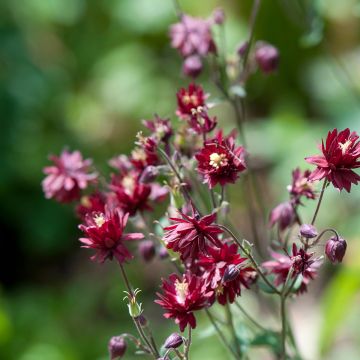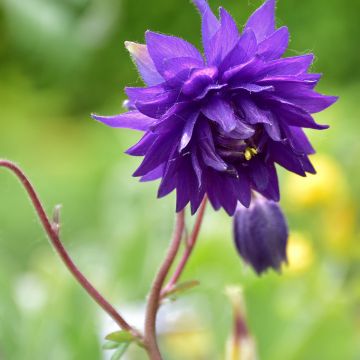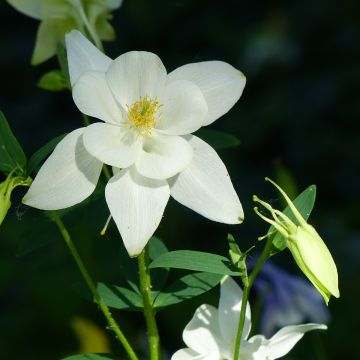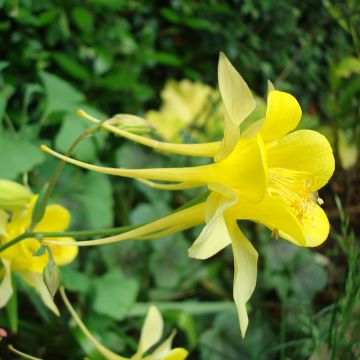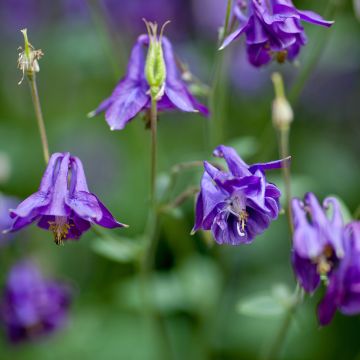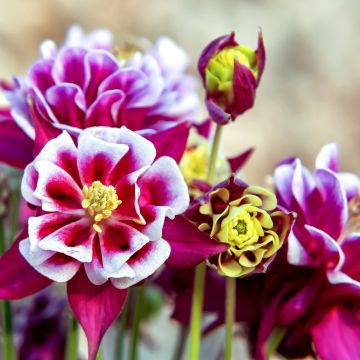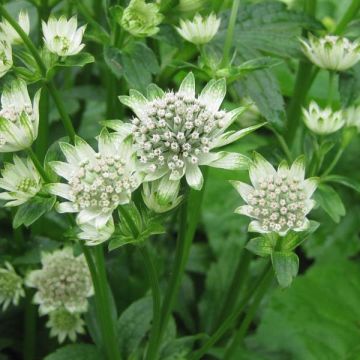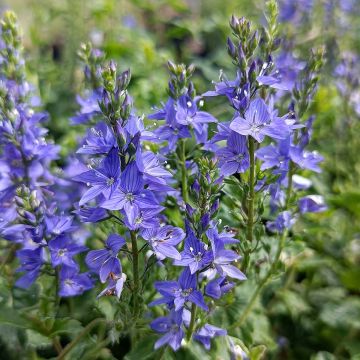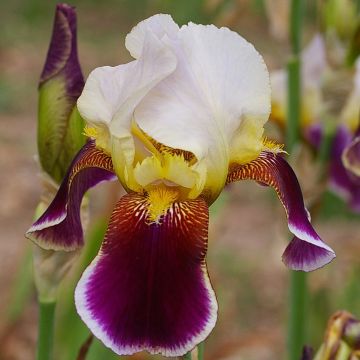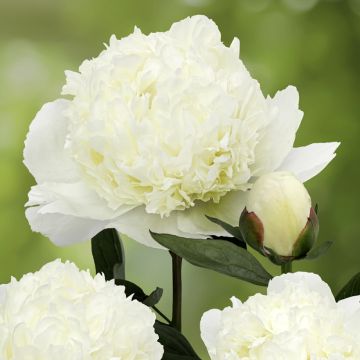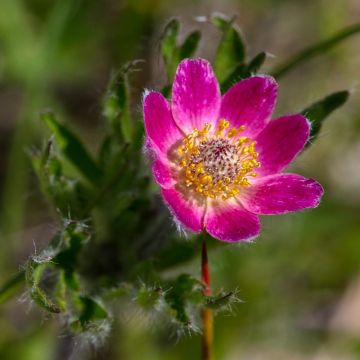

Aquilegia Crimson Star - Columbine
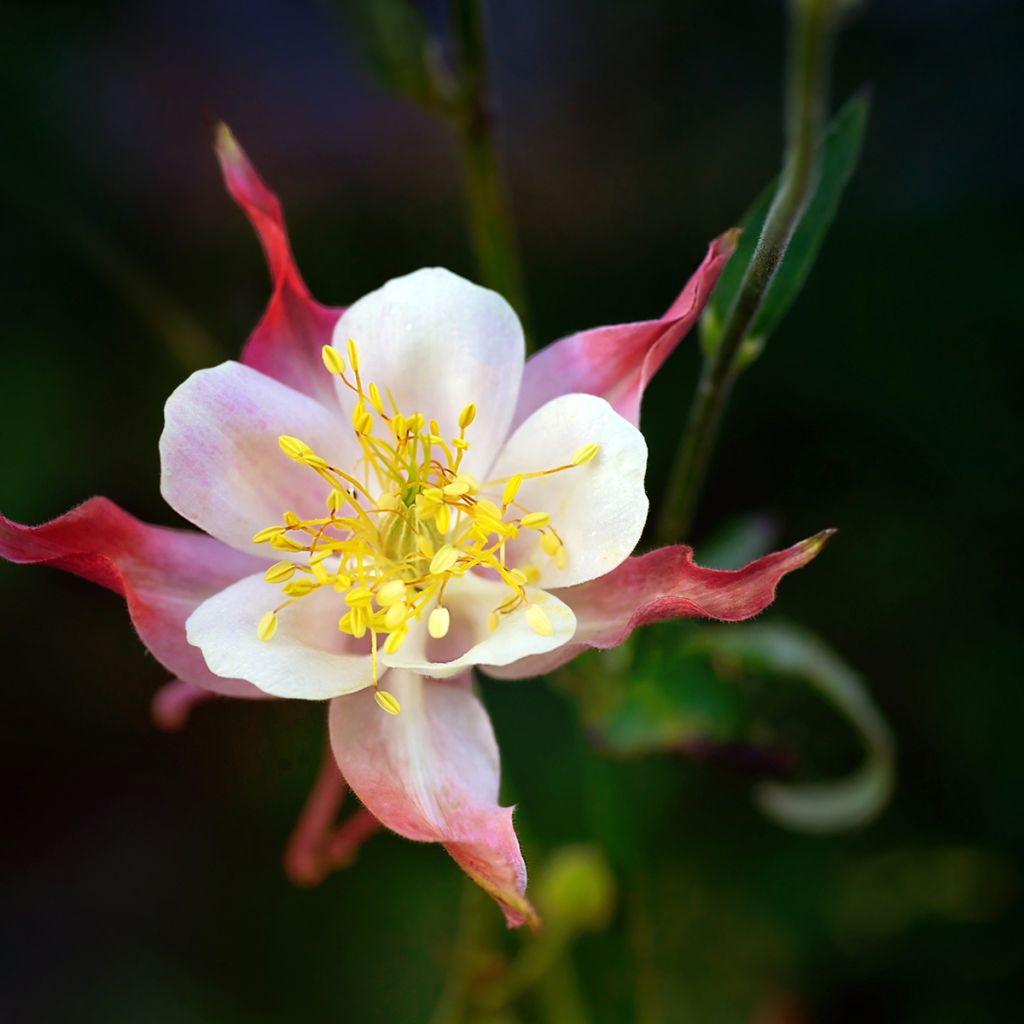

Aquilegia Crimson Star - Columbine
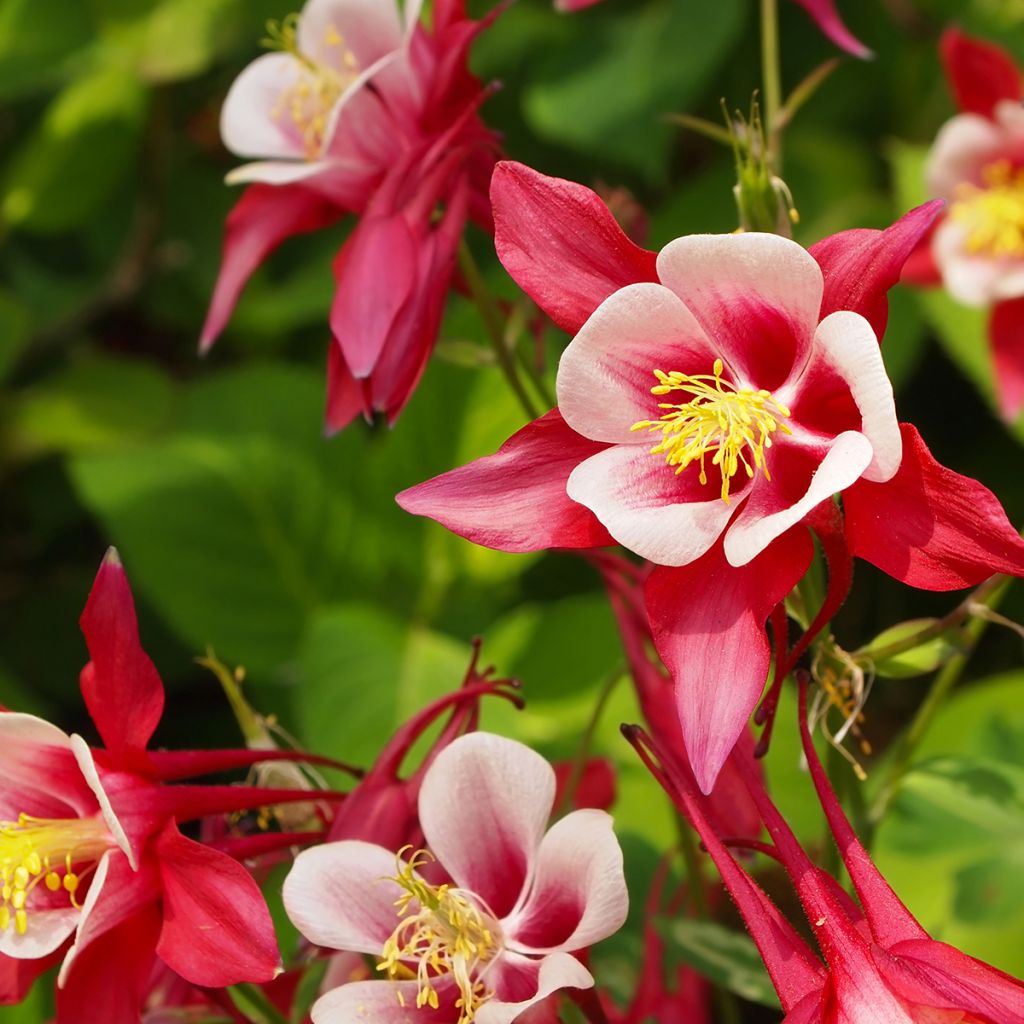

Aquilegia Crimson Star - Columbine


Aquilegia Crimson Star - Columbine


Aquilegia Crimson Star - Columbine


Aquilegia Crimson Star - Columbine
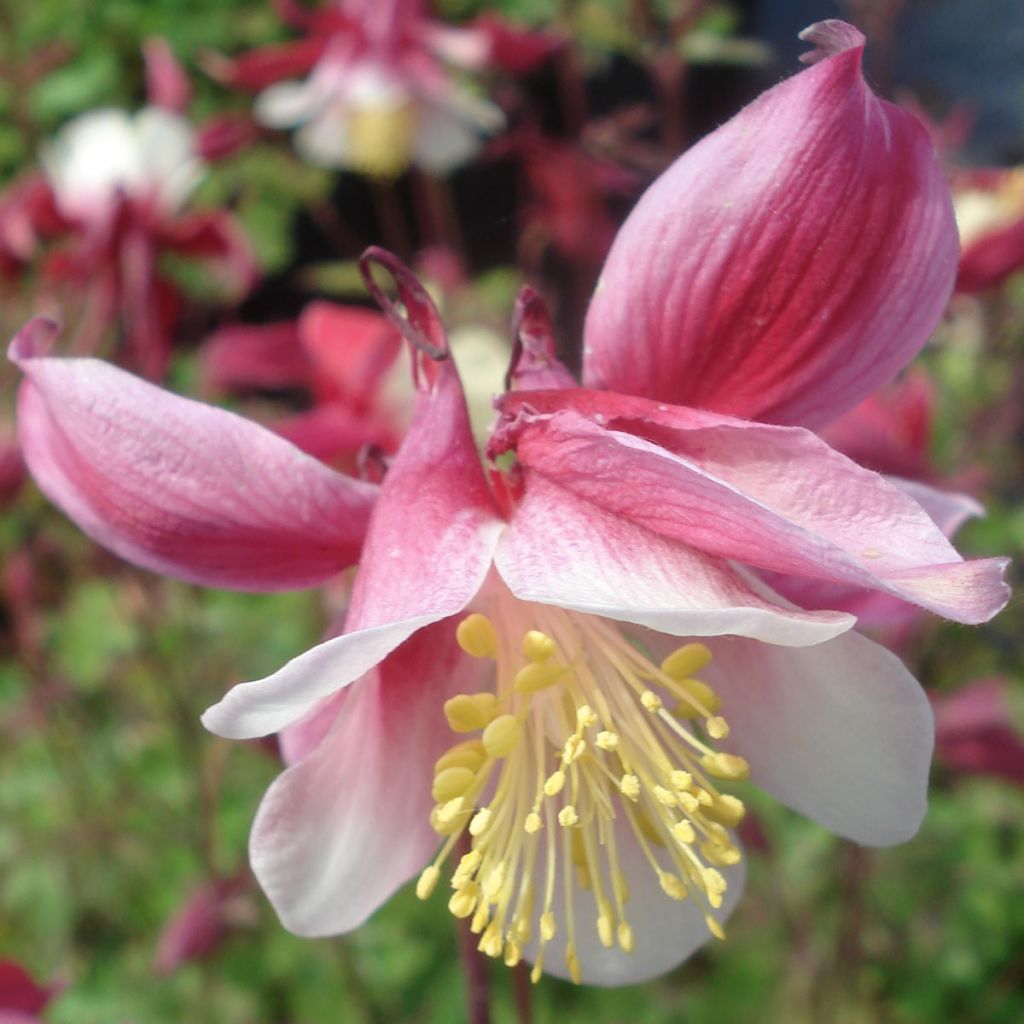

Aquilegia Crimson Star - Columbine
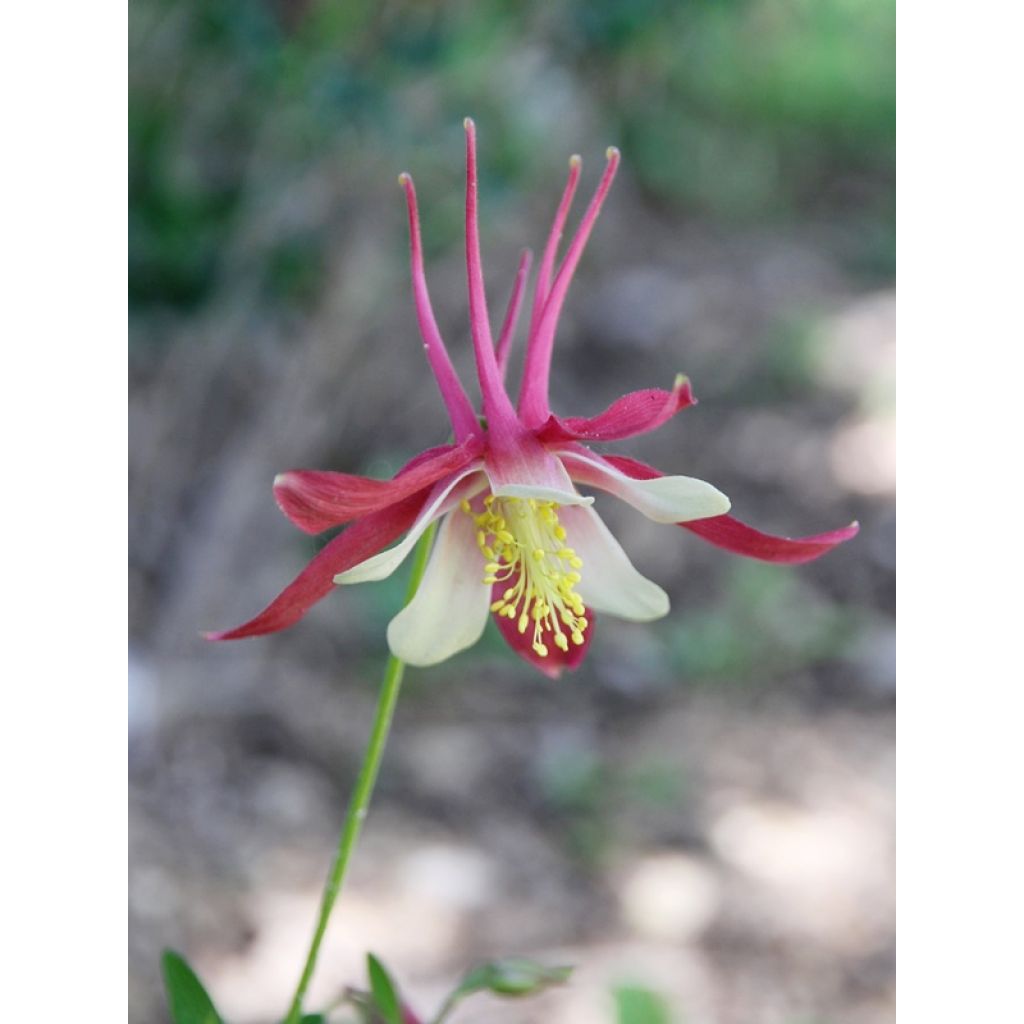

Aquilegia Crimson Star - Columbine
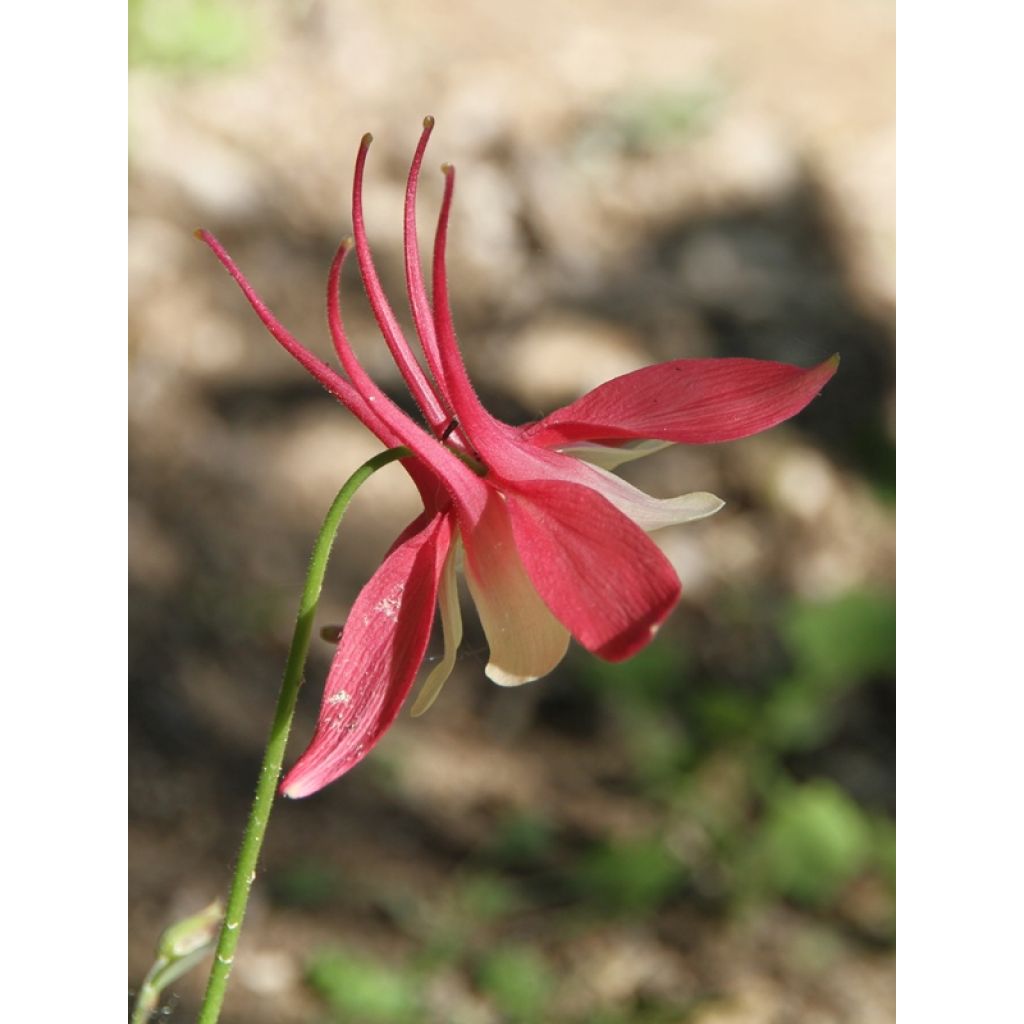

Aquilegia Crimson Star - Columbine
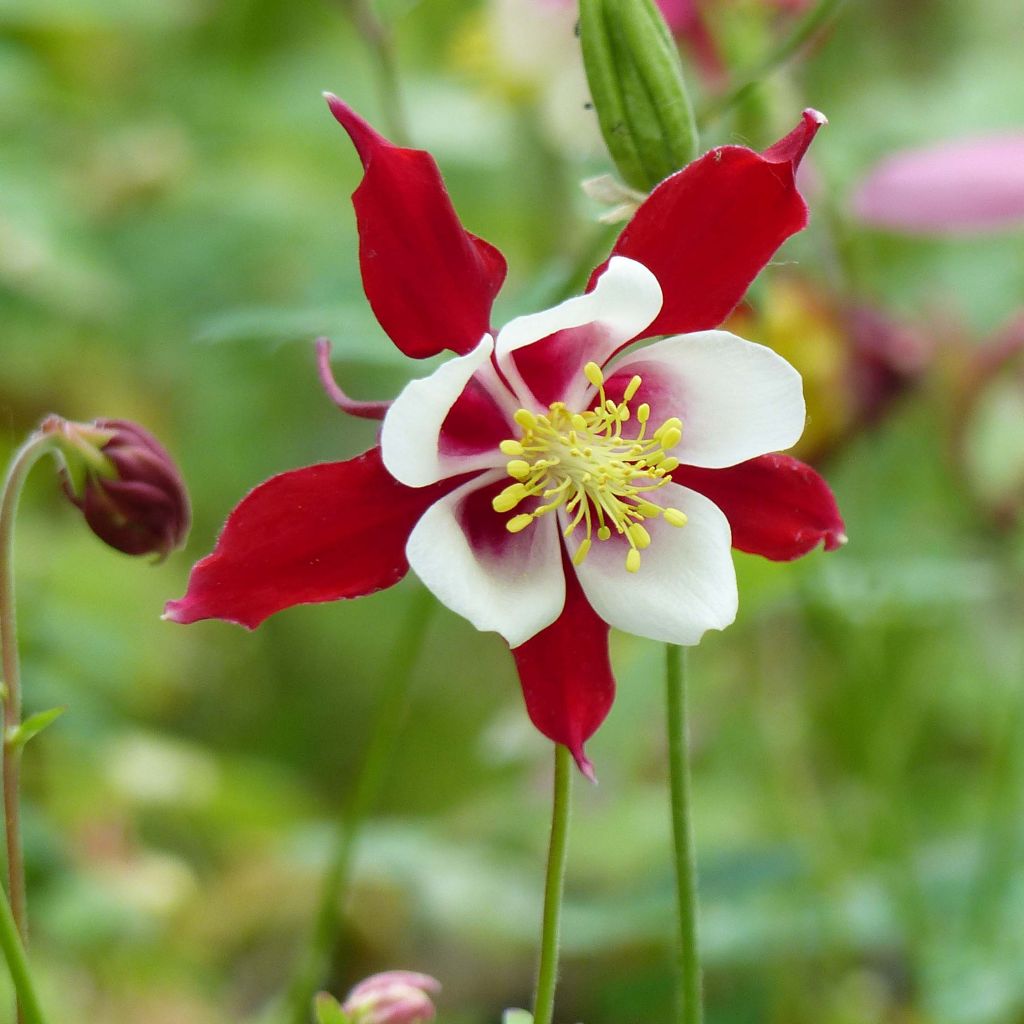

Aquilegia Crimson Star - Columbine
Aquilegia Crimson Star - Columbine
Aquilegia vulgaris Crimson Star
European Columbine, Common Columbine, Granny's Nightcap, Granny's Bonnet
This item cannot be shipped to the selected country
Delivery charge from €5.90
Delivery charge from €5.90
More information
Schedule delivery date,
and select date in basket
This plant carries a 12 months recovery warranty
More information
We guarantee the quality of our plants for a full growing cycle, and will replace at our expense any plant that fails to recover under normal climatic and planting conditions.
From €5.90 for pickup delivery and €6.90 for home delivery
Express home delivery from €8.90.
From €5.90 for pickup delivery and €6.90 for home delivery
Express home delivery from €8.90.

Does this plant fit my garden?
Set up your Plantfit profile →
Description
The 'Crimson Star' Columbine is an old variety, with deep red spurred flowers and cream-white corolla. It will please collectors and look stunning in flower beds! A truly easy and hardy perennial plant. The common Columbine is highly appreciated by gardeners, enchanted by its elegance, grace, rich palette of colours, and beautiful flowers with such unique shapes!
Aquilegia vulgaris, also known as Columbine, belongs to the buttercup family. A very hardy herbaceous perennial, the 'Crimson Star' Columbine forms a leafy, upright clump that is 30 cm (12in) wide, with long flowering stems branching upwards. Its deciduous bluish-green foliage is quite decorative, and the cut of the basal leaves gives a nice airy effect. From May to June, tall stems, up to 60 cm (24in), bear delicate and charming single flowers. They have long horned spurs coloured bright red, creating a beautiful bicolour contrast with the cream-white corolla.
Columbines contain toxic substances, especially the seeds, and the sap can cause burns on sensitive skin.
Columbines were already cultivated in the flower beds of the Middle Ages, and cottage gardens have perpetuated the tradition. Compact and unassuming, they are essential in mixed borders, where they will bring lightness. They can be planted in many areas of the garden, taking care to leave a 20 cm (8in) space around the base: in the middle of a perennial bed, in a border, at the base of bushes, on the edge of woodland or on a slope. They will look magnificent when planted in groups to create a dense clump. Pick them when they are just opening for beautiful country bouquets. In flower beds, 'Crimson Star' can be paired with low-growing perennials and perennials with decorative foliage like Hostas, tall perennials like Foxgloves, Bleeding Hearts, or Peach-leaved Bellflowers. Columbines easily self-sow in the garden, so leave a few flowering stems to produce seeds. Only keep the stems of the most vigorous plants as this process exhausts the plant and reduces its longevity, which is rather short for a perennial, 3 to 4 years. If you have several in your garden, you will probably see random hybridizations and see new colours emerge, and why not... a new variety?
Report an error about the product description
Aquilegia Crimson Star - Columbine in pictures




Flowering
Foliage
Plant habit
Botanical data
Aquilegia
vulgaris
Crimson Star
Ranunculaceae
European Columbine, Common Columbine, Granny's Nightcap, Granny's Bonnet
Cultivar or hybrid
Other Aquilegia
Planting and care
Aquilegia vulgaris Crimson Star, is very hardy and thrives in any exposure, with a preference for non-scorching sun or light shade. Ordinary soil, even limestone, suits it as long as it is light and humus-bearing. Planting is best done in spring, from March to April, or in September. Highly resistant to diseases, it can however be occasionally attacked by aphids and caterpillars and attack by snails and slugs is common on young plants. Common Columbine may also be prone to powdery mildew and rust.
Planting period
Intended location
Care
-
, onOrder confirmed
Reply from on Promesse de fleurs
Spring flowering perennials
Haven't found what you were looking for?
Hardiness is the lowest winter temperature a plant can endure without suffering serious damage or even dying. However, hardiness is affected by location (a sheltered area, such as a patio), protection (winter cover) and soil type (hardiness is improved by well-drained soil).

Photo Sharing Terms & Conditions
In order to encourage gardeners to interact and share their experiences, Promesse de fleurs offers various media enabling content to be uploaded onto its Site - in particular via the ‘Photo sharing’ module.
The User agrees to refrain from:
- Posting any content that is illegal, prejudicial, insulting, racist, inciteful to hatred, revisionist, contrary to public decency, that infringes on privacy or on the privacy rights of third parties, in particular the publicity rights of persons and goods, intellectual property rights, or the right to privacy.
- Submitting content on behalf of a third party;
- Impersonate the identity of a third party and/or publish any personal information about a third party;
In general, the User undertakes to refrain from any unethical behaviour.
All Content (in particular text, comments, files, images, photos, videos, creative works, etc.), which may be subject to property or intellectual property rights, image or other private rights, shall remain the property of the User, subject to the limited rights granted by the terms of the licence granted by Promesse de fleurs as stated below. Users are at liberty to publish or not to publish such Content on the Site, notably via the ‘Photo Sharing’ facility, and accept that this Content shall be made public and freely accessible, notably on the Internet.
Users further acknowledge, undertake to have ,and guarantee that they hold all necessary rights and permissions to publish such material on the Site, in particular with regard to the legislation in force pertaining to any privacy, property, intellectual property, image, or contractual rights, or rights of any other nature. By publishing such Content on the Site, Users acknowledge accepting full liability as publishers of the Content within the meaning of the law, and grant Promesse de fleurs, free of charge, an inclusive, worldwide licence for the said Content for the entire duration of its publication, including all reproduction, representation, up/downloading, displaying, performing, transmission, and storage rights.
Users also grant permission for their name to be linked to the Content and accept that this link may not always be made available.
By engaging in posting material, Users consent to their Content becoming automatically accessible on the Internet, in particular on other sites and/or blogs and/or web pages of the Promesse de fleurs site, including in particular social pages and the Promesse de fleurs catalogue.
Users may secure the removal of entrusted content free of charge by issuing a simple request via our contact form.
The flowering period indicated on our website applies to countries and regions located in USDA zone 8 (France, the United Kingdom, Ireland, the Netherlands, etc.)
It will vary according to where you live:
- In zones 9 to 10 (Italy, Spain, Greece, etc.), flowering will occur about 2 to 4 weeks earlier.
- In zones 6 to 7 (Germany, Poland, Slovenia, and lower mountainous regions), flowering will be delayed by 2 to 3 weeks.
- In zone 5 (Central Europe, Scandinavia), blooming will be delayed by 3 to 5 weeks.
In temperate climates, pruning of spring-flowering shrubs (forsythia, spireas, etc.) should be done just after flowering.
Pruning of summer-flowering shrubs (Indian Lilac, Perovskia, etc.) can be done in winter or spring.
In cold regions as well as with frost-sensitive plants, avoid pruning too early when severe frosts may still occur.
The planting period indicated on our website applies to countries and regions located in USDA zone 8 (France, United Kingdom, Ireland, Netherlands).
It will vary according to where you live:
- In Mediterranean zones (Marseille, Madrid, Milan, etc.), autumn and winter are the best planting periods.
- In continental zones (Strasbourg, Munich, Vienna, etc.), delay planting by 2 to 3 weeks in spring and bring it forward by 2 to 4 weeks in autumn.
- In mountainous regions (the Alps, Pyrenees, Carpathians, etc.), it is best to plant in late spring (May-June) or late summer (August-September).
The harvesting period indicated on our website applies to countries and regions in USDA zone 8 (France, England, Ireland, the Netherlands).
In colder areas (Scandinavia, Poland, Austria...) fruit and vegetable harvests are likely to be delayed by 3-4 weeks.
In warmer areas (Italy, Spain, Greece, etc.), harvesting will probably take place earlier, depending on weather conditions.
The sowing periods indicated on our website apply to countries and regions within USDA Zone 8 (France, UK, Ireland, Netherlands).
In colder areas (Scandinavia, Poland, Austria...), delay any outdoor sowing by 3-4 weeks, or sow under glass.
In warmer climes (Italy, Spain, Greece, etc.), bring outdoor sowing forward by a few weeks.

































